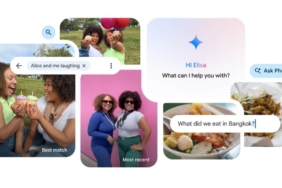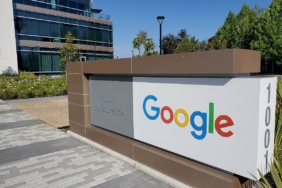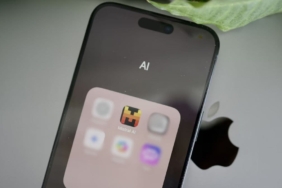Adobe has unveiled two upgraded versions of its text-to-image generative AI model, enhancing its Firefly platform with several new features, as well as updates to its Creative Cloud applications including Photoshop and Illustrator.
The latest Firefly Image models, now in their fourth generation, draw inspiration from the release strategies of competitor chatbots developed by OpenAI and Google. Users now have the option to choose between a model optimized for speed and one capable of handling more complex tasks.
According to Adobe, Firefly Image Model 4 represents the company’s most advanced offering, described as “fastest, most controllable, and most realistic.” This model supports image generation up to 2K resolution, providing users greater flexibility with style, sizes, and camera angles. Enhancements compared to its predecessor focus on improving image quality while maintaining quick output. For prompts that require intricate detail, Adobe introduces Firefly Image Model 4 Ultra, intended to effectively render complex scenes and small structures.
The new Firefly image models are now available through the Firefly web application, which also includes Adobe’s text-to-video and text-to-vector models that were recently introduced in public beta. An additional tool, Firefly Boards—a collaborative generative AI moodboarding application—has also entered public beta, first showcased at Adobe’s Max event in October under the title “Project Concept.” Furthermore, Adobe plans to launch a Firefly mobile application for iOS and Android in the near future.
The Firefly web platform now features access to third-party AI models for image and video generation. Users are able to choose from OpenAI’s new GPT image model, Google’s Imagen 3 for images, or Google’s Veo 2 model for video, alongside Adobe’s proprietary models, with plans for additional support from Luma, Pika, Runway, fal.ai, and Ideogram to be added shortly.
Adobe has indicated that the third-party AI options are intended for “experimentation” rather than publication, emphasizing the commercial safety of its own models. This may derive from Adobe’s practice of training its AI using public or licensed content, which differs from the models of OpenAI, Google, and Runway.
In addition to these AI enhancements, Adobe is also releasing a variety of updates for its Creative Cloud applications. Illustrator’s generative shape fill and text-to-pattern features have transitioned out of beta and are now fully available, while Photoshop has improved color adjustment tools and capabilities for automatically selecting detailed elements such as hair and facial features. The Actions panel in Photoshop has also been upgraded, providing enhanced editing suggestions tailored to individual creator styles, forming the foundation for a future creative AI agent within the platform.







